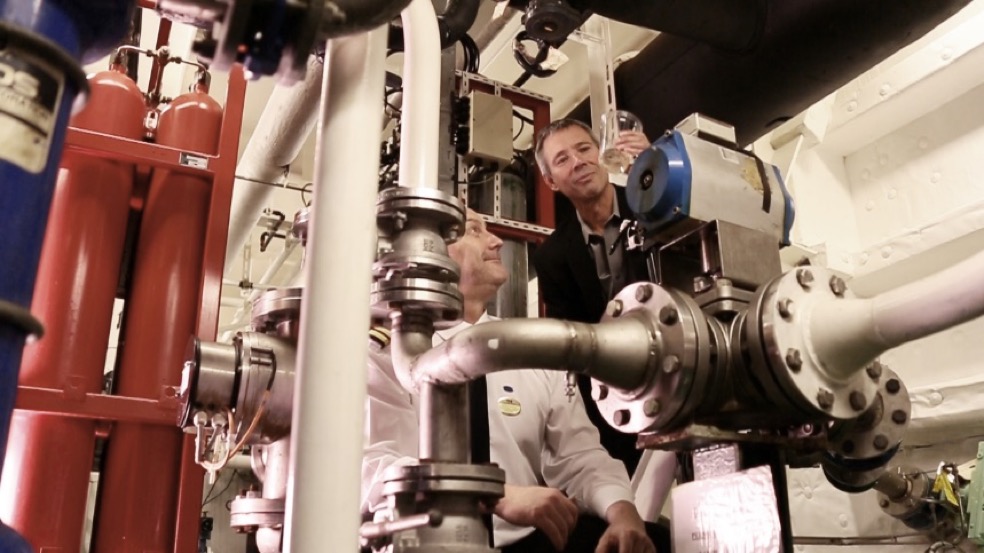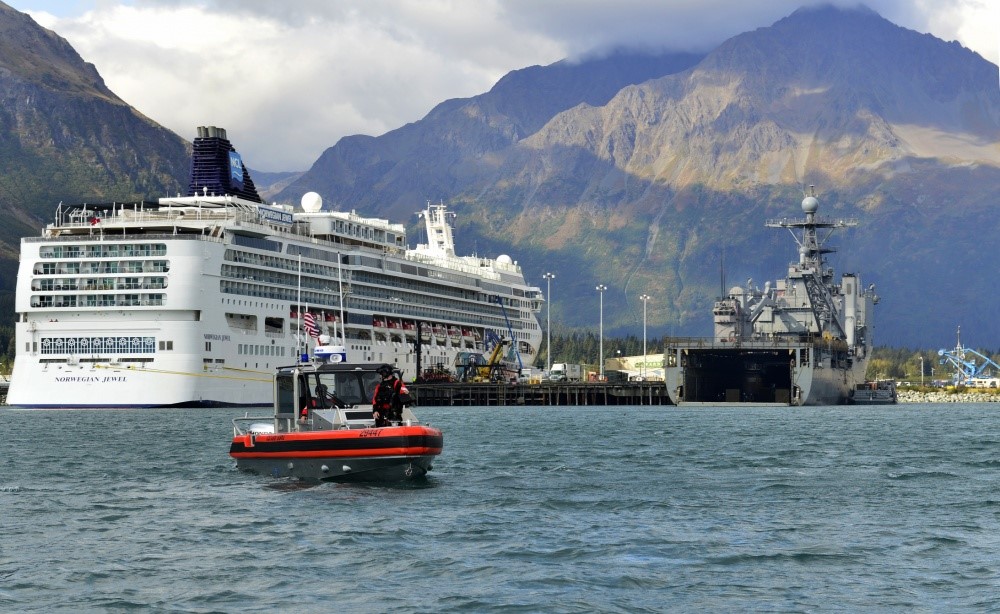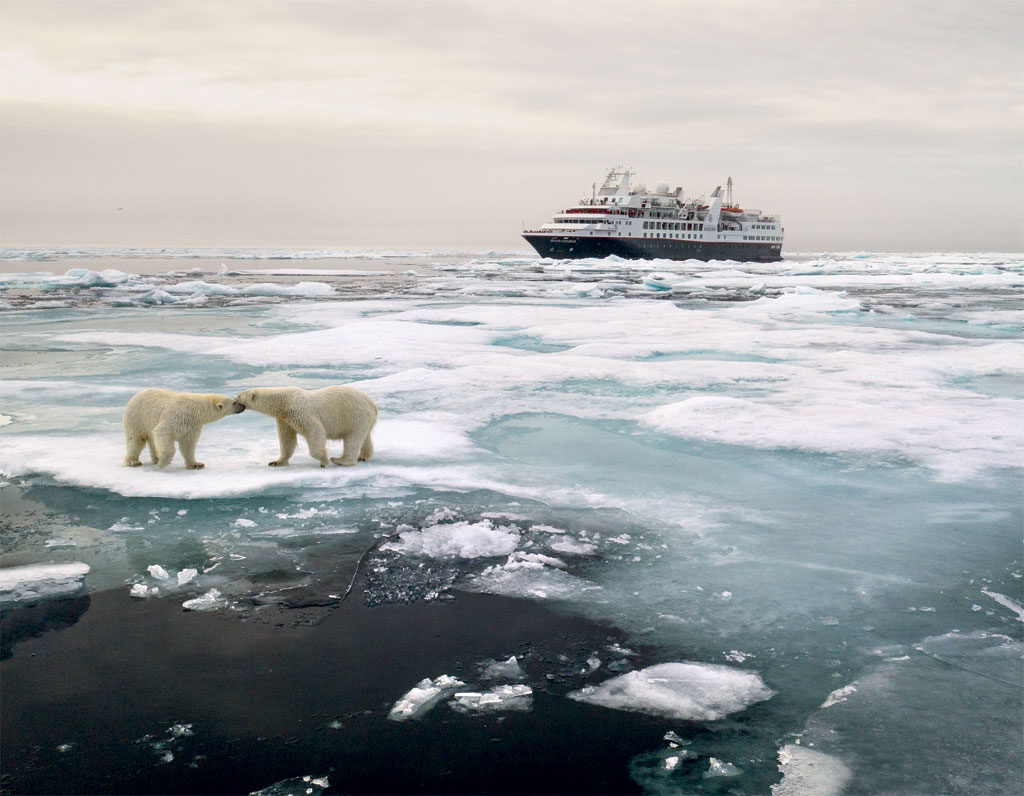
The cruise industry has made unprecedented, year-over-year progress in implementing sustainable technologies and practices, according to the third annual Global Cruise Industry Environmental Technologies and Practices Report compiled by Cruise Lines International Association (CLIA).
“While cruise ships comprise far less than 1% of the global maritime community, cruise lines are at the forefront in developing responsible tourism practices and innovative technologies. Our industry leads in environmental stewardship,” said Michael Thamm, Chairman of CLIA Europe and Group CEO of Costa Group and Carnival Asia.
“The entire shipping industry benefits from early adoption of innovative technologies by cruise lines — many of which did not exist five to 10 years ago, such as exhaust gas cleaning systems (EGCS), LNG as fuel for passenger ships and shore-side power capabilities,” he added.
CLIA cruise lines have invested more than $22 billion in ships with new, energy-efficient technologies and cleaner fuels, and as noted in the report achieved substantial progress in these areas:
- LNG Fuel – The 2019 report found 44% of new build capacity will rely on LNG fuel for primary propulsion, a 60% increase in overall capacity compared to last year.
- Exhaust Gas Cleaning Systems (EGCS) – More than 68% of global capacity utilizes EGCS to meet or exceed air emissions requirements representing an increase in capacity of 17% compared to last year. Additionally, 75% of non-LNG new builds will have EGCS installed, an increase in capacity of 8% compared to last year.
- Advanced Wastewater Treatment Systems – 100% of new ships on order are specified to have advanced wastewater treatment systems (an increase of 26% over 2018) and currently 68% of the CLIA cruise lines global fleet capacity is served by advanced wastewater treatment systems (an increase of 13% over 2018).
- Shore-side Power Capability – In port, cruise ships are increasingly equipped with the technology to allow delivery of shoreside electricity, thus allowing engines to be switched off, and there are many collaborations with ports and governments to increase the availability.
- 88% of the new build capacity is either committed to be fitted with shore-side electricity systems or will be configured to add shore-side power in the future.
- 30% of global capacity (up 10% since 2018) are fitted to operate on shore-side electricity in the 16 ports worldwide where that capability is provided in at least one berth in the port. An additional 18% of the current capacity is planned to be retrofitted with shore-side electricity systems, representing a more than 300% increase in capacity compared to last year.
- The number of ships in the CLIA cruise lines fleet far outpaces the number of ports with shore-side power capacity; however, there are many collaborations with ports and governments to increase availability. Currently, 16 ports visited by CLIA cruise lines provide shore-side power capacity; however, not all berths at each port have the technology, and coordination with respect to using the proper berths is underdeveloped. Shore-side power availability is also limited geographically, as almost all of the capability is on the east and west coasts of North America, the port of Kristiansand (Norway), the Port of Hamburg (Germany), and the port of Shanghai.
- Fleet Age – The CLIA fleet is getting younger: The average age of the CLIA cruise lines fleet is 14.1 years compared to 14.6 the prior year.
“CLIA cruise lines are passionate about clean oceans and committed to responsible tourism practices and the highest standards of environmental stewardship — with policies and practices often exceeding those required by law,” said Adam Goldstein, Chairman of CLIA Global and Vice Chairman of Royal Caribbean Cruises Ltd. “While we are encouraged by and proud of the progress we’ve made, we know there is still work to be done. The cruise industry is a pioneer in maritime environmental protection and has made a fleet-wide commitment to reduce the rate of carbon emissions by 40% by 2030 compared to 2008. It’s a challenging goal, but the CLIA cruise lines fleet is working diligently to meet this aggressive target.”
For more information, please visit cruising.org/news-and-research/research.



